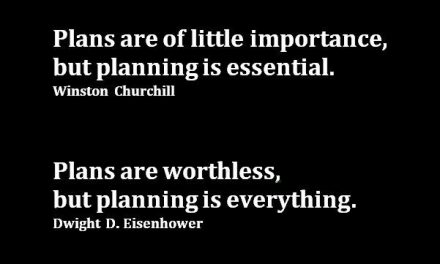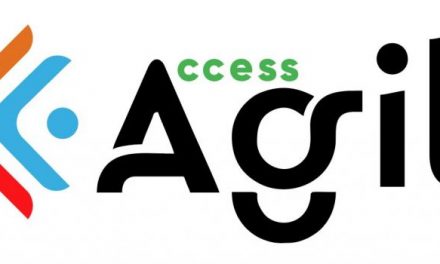Thursday 29 June, 2017
Image fom author collection
I’ve called myself a “Program Architect” in various roles over the last ten years during which time I’ve sometimes found that when the question comes up “what do you do?”, replying with a role title leads to a blank look then “oh, you’re a programmer?” etc. – that same look you might see trying to explain the colour red to someone who’s been blind since birth. As a community service, here’s my definition of what a “Program Architect” is and is not.
The Program Architect Role
A Program Architect acts to combine program or project level technical architecture with other interrelated or dependent projects and programs of work. They are senior leaders in technical information strategy defining, developing, integrating, facilitating and delivering large, complex and lengthy multimillion-dollar IT projects. A Program Architect ensures that programs of work are delivered with a focus on technical quality, fitness for purpose and successfully fulfil business needs.
Program Architects exhibit logical thought leadership and are highly capable of dealing with substantial ambiguity and unclear or imprecise requirements. They have masterful skills in seeing what others “miss”, seeing the interrelationships between delivery components, seeing the need for developing specific strategies to achieve their project principles. They have significant and expansive experience running large projects and programs of work with interrelated dependencies often serving as an adjunct to a Program Manager from a technical strategy and delivery perspective.
Key to the success of a Program Architect is their diversity of experience having undertaken broad and multi-disciplinary education with a background often covering both humanities and technical realms.
They are “specialist generalists” who manage technical scope, architecture and delivery often with multiple on and offshore vendors and local and international stakeholders. They are adept at identifying, shaping and defining activities, the sequencing of deliverables and artefacts, together with leading technical staff to achieve tangible delivery outcomes. They have significant skills in stakeholder management and often employ lean and agile frameworks. They “do” whatever needs to be done to ensure the success of the program.
What it is not
A scheduler, financial manager, a traditional Project Manager or Enterprise Architect.
Article first published on LinkedIn













